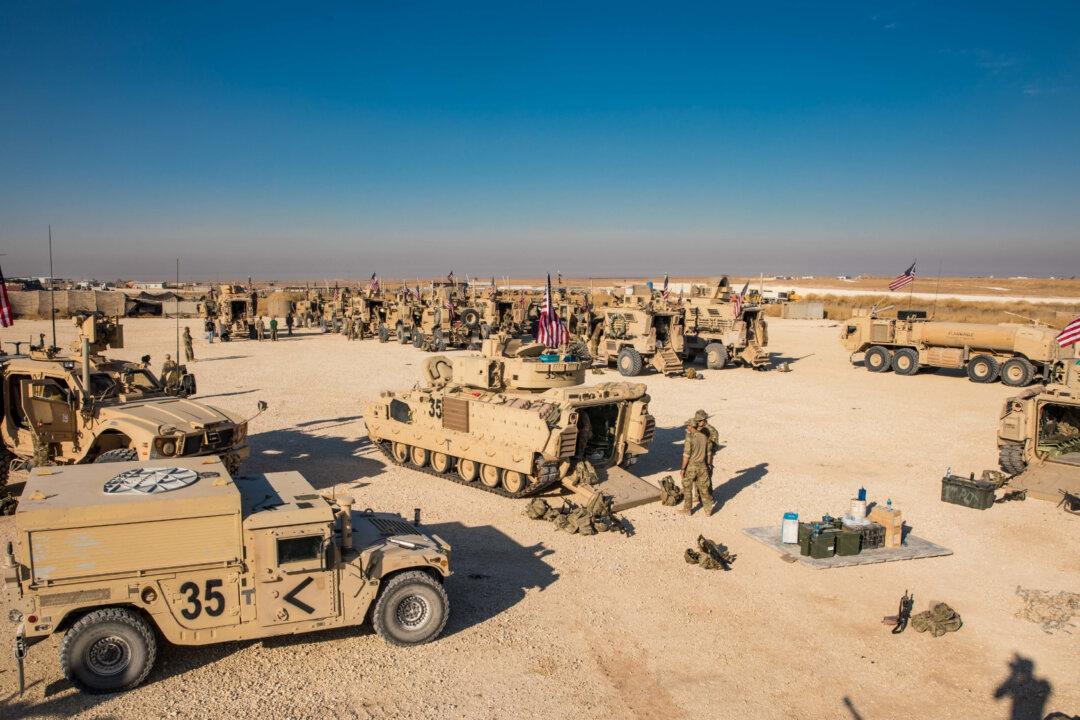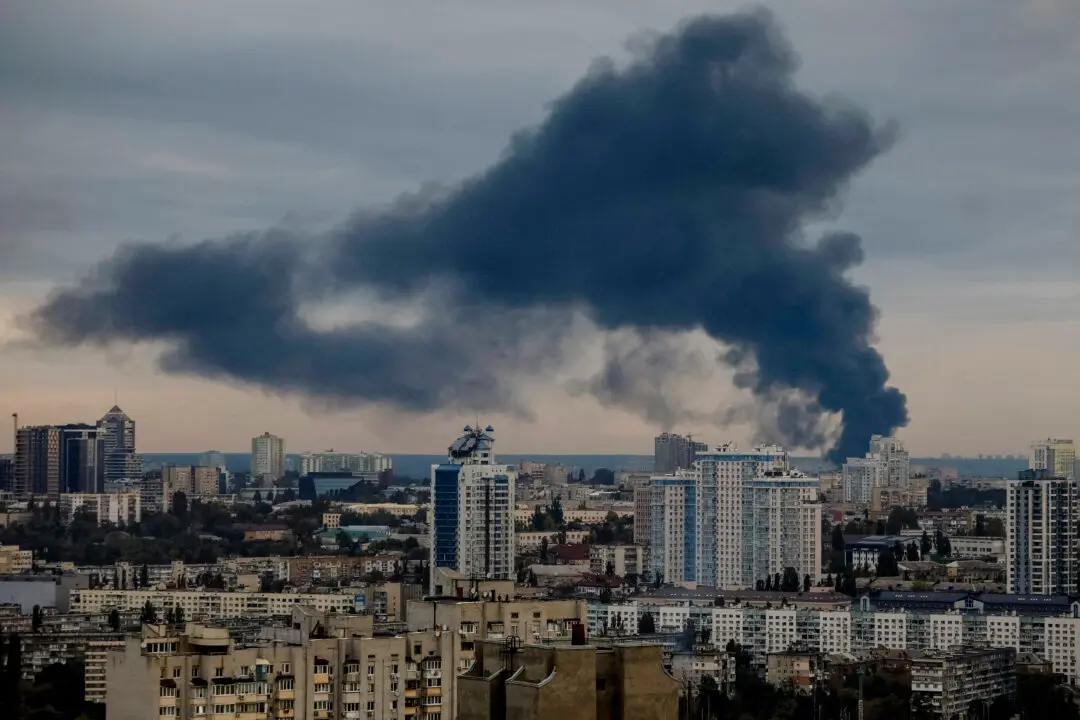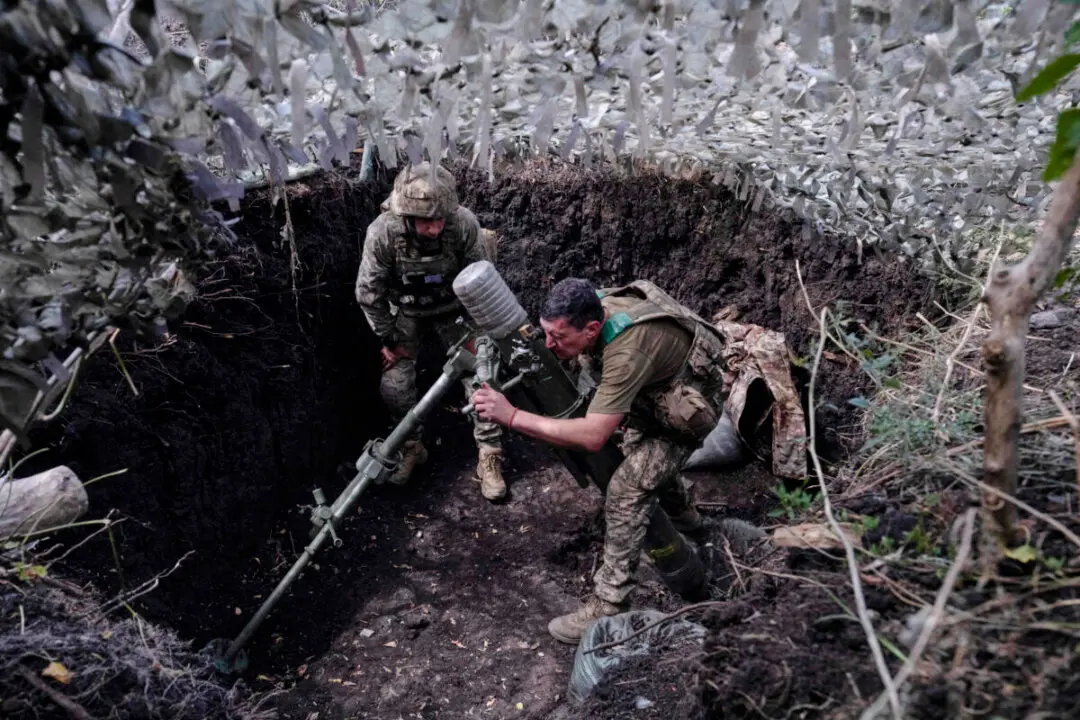A drone attack on a U.S. military installation in eastern Syria has reportedly killed at least six fighters linked to the Syrian Democratic Forces (SDF), a Kurdish-led fighting force aligned with the United States.
“Six of our fighters were martyred in a terrorist attack by a suicide drone originating from areas controlled by Syrian regime mercenaries,” the SDF said in a Feb. 5 statement.





